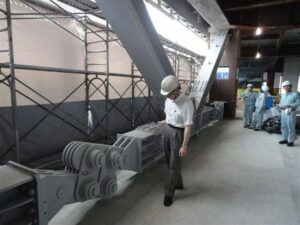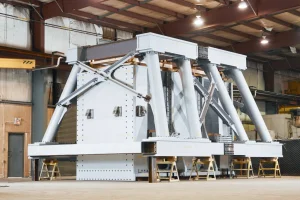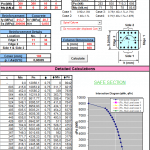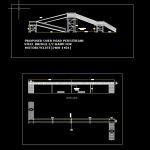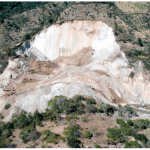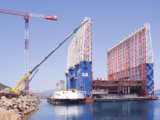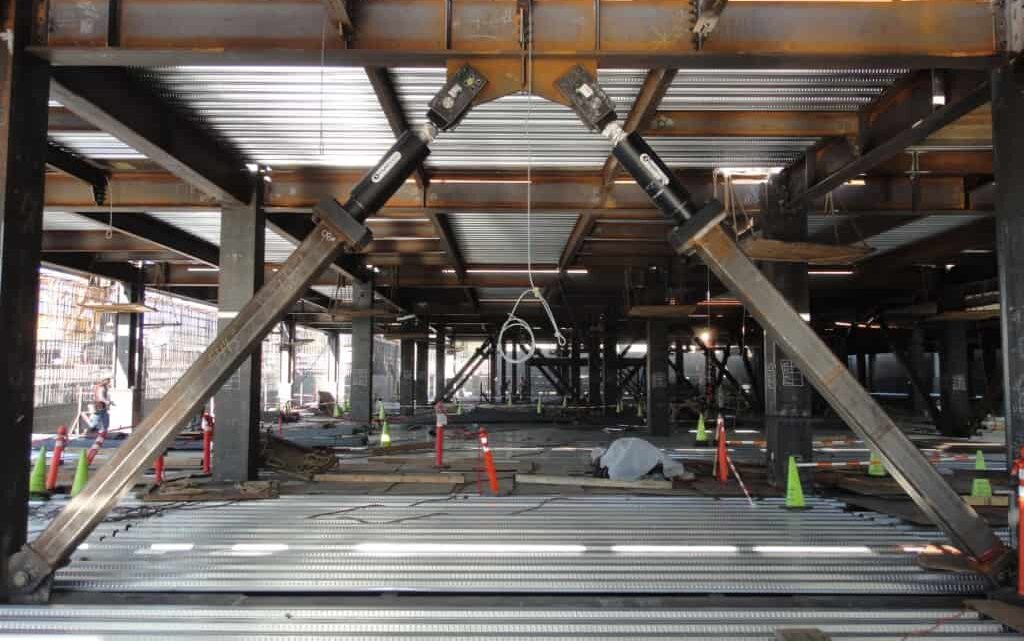
Advanced Anti-Seismic Construction Techniques: Building for a Safer Future
27 May 2024Table of Contents
Advanced Anti-Seismic Construction Techniques: Building for a Safer Future
In regions prone to earthquakes, the importance of advanced anti-seismic construction techniques cannot be overstated. Earthquakes pose a significant threat to life and property, making it crucial for engineers and architects to implement methods that enhance the resilience of buildings and infrastructure. This article explores the latest advancements in anti-seismic construction techniques designed to withstand seismic forces and protect communities.
Understanding Seismic Forces
Before diving into the techniques, it’s essential to understand seismic forces. Earthquakes generate waves that cause ground shaking. The intensity and duration of this shaking can severely impact buildings, especially those not designed to handle such stress. Anti-seismic construction aims to absorb and dissipate these forces, minimizing structural damage and ensuring the safety of occupants.
Key Advanced Anti-Seismic Construction Techniques
- Base Isolation Systems
Base isolation is one of the most effective techniques for mitigating earthquake damage. This method involves placing flexible bearings between a building’s foundation and its superstructure. These bearings absorb and dissipate seismic energy, allowing the building to move independently of ground motion. Notable examples of base isolation systems include elastomeric bearings and sliding bearings.
-
Energy Dissipation Devices
Energy dissipation devices, or dampers, are designed to absorb and dissipate the energy generated by seismic waves. These devices reduce the amplitude of vibrations and prevent structural damage. Common types of dampers include:
- Viscous Dampers: Use fluid viscosity to absorb energy.
- Friction Dampers: Rely on friction between surfaces to dissipate energy.
- Tuned Mass Dampers (TMDs): Utilize a mass connected to the structure to counteract seismic forces.
-
Reinforced Concrete Shear Walls
Reinforced concrete shear walls are vertical elements designed to resist lateral forces. These walls enhance a building’s stiffness and strength, helping to control its movement during an earthquake. Shear walls are typically incorporated into the core of a building or distributed along its perimeter to provide balanced resistance.
-
Cross-Bracing Systems
Cross-bracing involves placing diagonal braces in a building’s frame to enhance its lateral stability. This technique helps distribute seismic forces more evenly throughout the structure, reducing the risk of collapse. Materials used for cross-bracing include steel and reinforced concrete, both of which provide excellent strength and ductility.
-
Moment-Resisting Frames
Moment-resisting frames are designed to withstand bending and shear forces during an earthquake. These frames use rigid connections between beams and columns, allowing the structure to flex and deform without collapsing. This flexibility helps dissipate seismic energy and prevents catastrophic failure.
-
Soil Improvement Techniques
The stability of a building during an earthquake also depends on the soil it sits on. Soil improvement techniques, such as soil compaction, grouting, and the use of geosynthetics, can enhance the soil’s properties and reduce the risk of liquefaction, where the soil loses its strength and behaves like a liquid.
-
Retrofitting Existing Structures
For older buildings not designed with modern seismic standards, retrofitting is essential. Retrofitting techniques include:
- Adding Shear Walls: Enhances lateral strength.
- Installing Base Isolators: Provides flexibility.
- Strengthening Joints and Connections: Ensures better load transfer.
- Using Fiber-Reinforced Polymers (FRPs): Wraps around structural elements to improve strength and ductility.
The Role of Technology in Anti-Seismic Construction
Advancements in technology have significantly contributed to the development of anti-seismic construction techniques. Computer simulations and modeling allow engineers to predict how buildings will behave during earthquakes, enabling them to design more resilient structures. Innovations such as smart materials and real-time monitoring systems also play a crucial role in enhancing seismic performance.
Conclusion
Incorporating advanced anti-seismic construction techniques is essential for building safer structures in earthquake-prone regions. From base isolation systems to energy dissipation devices and moment-resisting frames, these methods are designed to absorb and dissipate seismic energy, minimizing damage and protecting lives.
As technology continues to evolve, the field of anti-seismic construction will undoubtedly see further advancements, ensuring even greater resilience against nature’s most powerful forces.
By staying informed about these techniques and implementing them in new constructions and retrofits, engineers and architects can significantly contribute to the safety and well-being of communities worldwide.


